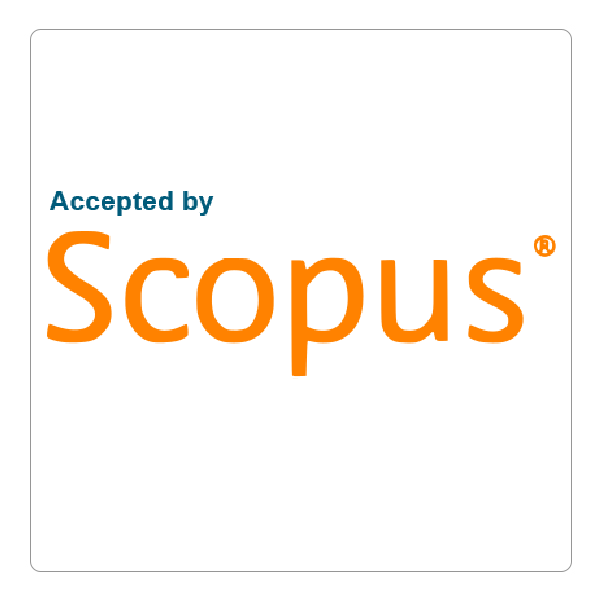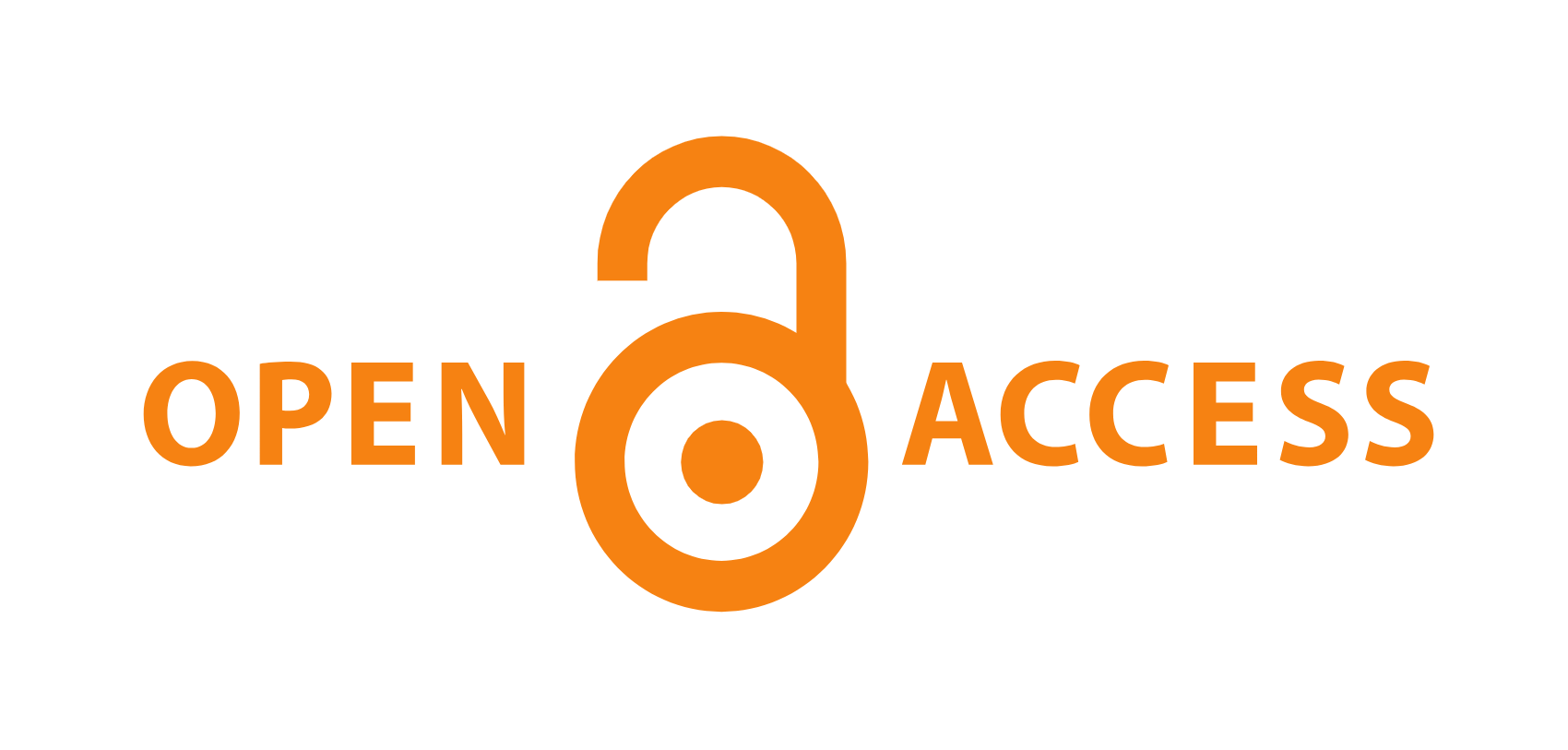How to Cite This Article
Shareef, Arkhawan Jawhar and KARPUZCU, Mehmet
(2018)
"Water Resources Management in Kurdistan Region - Iraq the Case of Dukan Lake,"
Polytechnic Journal: Vol. 8:
Iss.
3, Article 5.
DOI: https://doi.org/10.25156/ptj.2018.8.3.234
Document Type
Original Article
Abstract
Water is the key for sustaining life, almost ninety seven percent of water is ocean and remaining one is for drinking water. Within that concept, the world is facing water crisis, due to rapid growth with population, continuous practicing food production, industry, infrastructure, and environmental change. The water management is the solution to these conflicts. Different water stakeholders such as farmer, domestic and household user’s hydropower projects, recreational users and ecosystems can properly be managed in terms of water supply and consumption through the integrated water resources management.This study is based on a conjoint analysis survey conducted for Dukan, a district in Kurdistan region of Iraq. The study adopted a stated preferences method, in order to elicit preferences of water consumers in Dukan toward the water management. A discrete choice models based on random utility theory with ranked order choice tasks were implemented for a representative sample of Dukan. Secondary materials were needed to supplement the field work and to get more information about management of Dukan water basins.The secondary materials were mostly reports found through Google scholar and in scientific journals. Information about Kurdistan region was found through the Kurdistan region government’s National website. The aim of this attribute was to make better access of water fordeferent uses of life. The study applied questionnaire and interview for deferent levels household, farmer and government official because each one has vital role in managing water in daily life. As result, the study found that strategy plan for 10 years, no need to reuse water, willingness for payment 5thousand or 10 thousand dinars and implementing water service by both public and private sector are most important in accordance to communities.
Publication Date
11-1-2018
References
1. Adamowicz, W., P. Boxall, M. Williams, J. Louviere (1998). Stated preference approaches for measuring passive use values: Choice experiments and contingent valuation. American Journal of Agricultural Economics, 80(1), 64-75.
2. Agyenim, J. (2011). Investigating institutional arrangements for integrated water resource management in developing countries: The case of White Volta basin, Ghana. PhD thesis. VU University Amsterdam. The Netherlands.
3. Anderson, H., M. Hoover, K. Reinhart (1976). Effects of forest management on floods, sedimentation, and water supply (pp. 115). Forest service .U. S. Department of agriculture p. 0. Box 245, Berkeley, California 94701.
4. Asia, U. W. B. W. a. S. P. S. (1996). Willing to pay but unwilling to charge. Baietti, A., Kingdom, M. Ginneken. (2006). Characteristics of well performing public water utilities.
5. Bank, T. W. (2012). Public-private partnerships for rural water services.
6. Bateman, B., R. Rancier (2012). Case studies in integrated water resource s management: From local stewardship to national vision. American water resources association policy committee. Middleburg, Virginia. USA Virginia. USA.
7. Ben-Akiva, M., R. Lerman (1985). Discrete choice analysis: Theory and application to travel demand (Vol. 9): MIT press.
8. Brushweiler, S. (2003). Integrated water resources management (IWRM): a way to sustainability. Info Resources Focus, 1(3).
9. Cohen, A., & Davidson, S. (2011). The Watershed Approach: Challenges, Antecedents, and the Transition from Technical Tool to Governance Unit. Water Alternatives, 4(1).
10. Corcoran, E., C. Nellemann, E. Baker, R. Bos, D. Osborn, H. Savelli (2 010). Sick Water? The central role of wastewater management in s unstainable development.
11. Kenya: UN-HABITAT. Council, W. W. (2006). The right to water: From concept to implementation department, O. (2013). Rural water supply and sanitation initiative (RWS SI) Journal of African development bank group
12. Dreizin, Y. (n.d.). Wastewater reuse – risk assessment: The Israeli case study.
13. Dungumaro, E. W. M., N. F. (2003). Public participation in integrated water resources management: the case of Tanzania. Fielding, K., A. Roiko. (2014). providing information promotes greater public support for potable recycled water. (4072). the University of Queensland, Brisbane.
14. Group, T.w.b. (2004). Public and private sector roles in water supply and sanitation services.
15. Harrington, J. (2009). Water for agriculture: Global change and geographic perspectives on research challenges for the future. Journal of Con temporary Water Research & Education, 142(1), 36-41.
16. Hensher, D., N. Shore, K. Train. (2005). Households willingness to pay for water service attributes. Journal of environmental & resource economics, 32, 509–531.
17. Hensher, D., N. Shore, K. Train. (2006). Water supply security and willingness to pay to avoid drought restrictions. Journal of the economic record, 82, 56–66.
18. Heshmati, A. (2009). Integrated Water Resources Management in Kurdistan Region. Hauppauge NY. USA Nova Science Publishers.
19. Hoedeman, O. (2006). The role of public-public partnerships. Hussein, M. (1998). Water erosion assessment and control in Northern Iraq. College of Eng. Jaspers, W. (2003). Institutional arrangements for integrated river basin management.
20. Water policy, 5, 77-90. K. So-Yoon K, S. Y., Ch. Kim. (2013). Measuring the Willingness to Pay for Tap Water Quality Improvements: Results of a Contingent Valuation Survey in Pusan. Journal of water, 5, 1638-1652.
21. Lancaster, K. (1966). A new approach to consumer theory. Journal of Political Economy, 74(2), 132-157.
22. Leach, W., N. Pelkey and P. Sabatier (2002). Stakeholder partnerships as collaborative policymaking: Evaluation criteria applied to watershed management in California and Washington. Journal of Policy Ana lysis and Management, 21, 645–670.
23. Mashayekhi, Z., M.Panahi, M. Karami, SH. KHalighi, A. Malekian. (201 0). Economic valuation of water storage function of forest ecosystems (case study: Zagros forests, Iran). Journal of Forestry Research, 3, 293−300. McCready, C. (2002). Strategic plan for the future of integrated regional water management in California.
24. McDaniels, T., R. Gregory and D. Fields. (1999). Democratizing risk management: Successful public involvement in local water management decisions (Vol. 19). McFadden, D. (1973). Conditional logit analysis of qualitative choice behavior. In Zarembka (Ed.), Frontiers in Econometrics: Academic press.
25. Mollea, F., P.Mollingab. (2003). Water poverty indicators: conceptual problems and policy issues. Water policy, 5(1), 529–544.
26. Othman, A., R. Gloaguen (2013). Automatic extraction and size distribution of landslides in Kurdistan region, NE Iraq. Remote Sensing, 5, 2389-2410.
27. Pahl-Wostl, C. (2006). Transitions towards adaptive management of water facing climate and global change.
28. A Handbook for Integrated Water Resources Management in Basins [Retrieved from www.inbo-news.org (2009).
29. Pineda, F., C. Armijo. (2013). Estimating willingness-to-pay and financial feasibility in small water projects in El Salvador. Journal of Business Research, 66, 1750–1758.
30. Rahaman, M., O. Varis. (2005). Integrated water resources management: evolution, prospects and future challenges. Sustainability: Science, Practice & Policy, 1, 15-21.
31. Rijsberman, F. (2006). Water scarcity: Fact or fiction? Agricultural Water Management, 80(1-3), 5-22.
32. S. Bakopoulou , S. P., A. Kungolos. (2010). Investigation of farmers willingness to pay for using recycled water for irrigation in Thessaly region, Greece. Journal of Desalination, 250, 329–334.
33. SAI Platform Water Working Group. (2010). Principles & practices for sustainable water management in agriculture at a farm level. Retrieved Jan, 2014,from http://www.sai platform.org/uploads/Library/Principles%20and%20Pra tices%20for%20%20Sustainable%20Water%20Management%20_At%20a%20farm%20l evel.pf
34. Samari, D., H. Azadi, K. Zarafshani, Gh. Hosseininia, F. Witlox. (2012). Determining appropriate forestry extension model: Application of ahp in the Zagros area, Iran. Forest Policy and Economics, 15, 91 –97.
35. State, U. (2003). Strategic planning: A handbook for small water systems. Journal of environmental protection agency.
36. Steenbergen, F. (2006). Promoting local management in groundwater. Hydrogeology Journal, 14, 380-391.
37. T. Paul, J. M. (2006). Why gender matters: a tutorial for water managers.
38. Technical Advisory Committee, TAC. (2000). Integrated Water Resources Management Global Water Partnership.
39. Todd, S. (2013). Strategic plan. Journal of state water commission and office of the state engineer.
40. Train, K., & Weeks, M. (2005). Discrete choice models in preference spa ce and willingness-to-pay space. Netherlands: Springer USAID. (2013). Water and developing strategy.
41. Wolf, A. T., Kramer, A., Carius, A., & Dabelko, G. D. (2005). Managing water conflict and cooperation: State of the World 2005. Redefining Global Security, 80-90.
42. Yoshikawa, N. (n.d.). Water recycling and reuse: The environmental benefits. Journal of United States environmental protection agency.











Follow us: